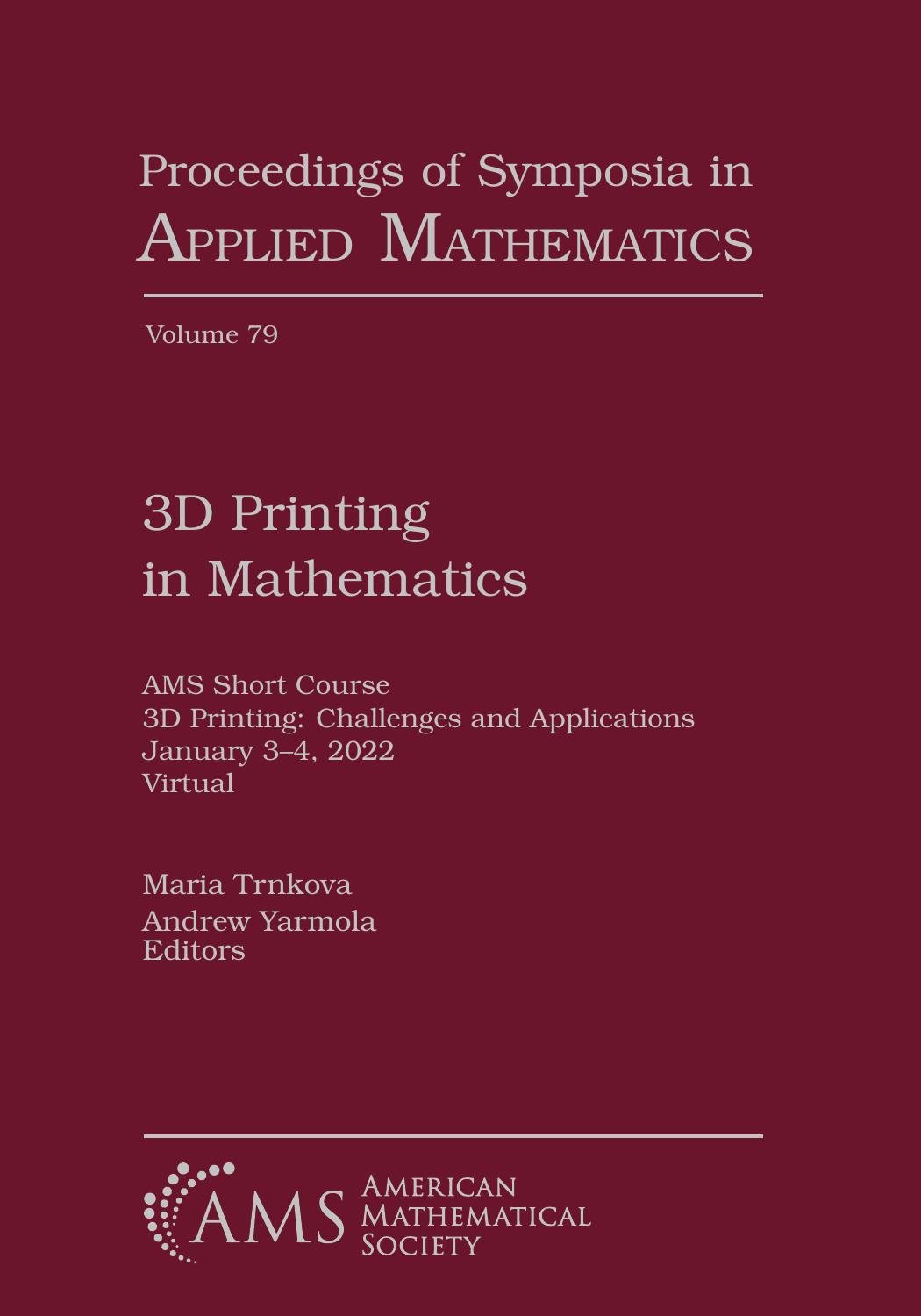

Most ebook files are in PDF format, so you can easily read them using various software such as Foxit Reader or directly on the Google Chrome browser.
Some ebook files are released by publishers in other formats such as .awz, .mobi, .epub, .fb2, etc. You may need to install specific software to read these formats on mobile/PC, such as Calibre.
Please read the tutorial at this link: https://ebookbell.com/faq
We offer FREE conversion to the popular formats you request; however, this may take some time. Therefore, right after payment, please email us, and we will try to provide the service as quickly as possible.
For some exceptional file formats or broken links (if any), please refrain from opening any disputes. Instead, email us first, and we will try to assist within a maximum of 6 hours.
EbookBell Team

4.7
66 reviewsAccess to 3D printing facilities is quickly becoming ubiquitous across college campuses. However, while equipment training is readily available, the process of taking a mathematical idea and making it into a printable model presents a big hurdle for most mathematicians. Additionally, there are still many open questions around what objects are possible to print, how to design algorithms for doing so, and what kinds of geometries have desired kinematic properties. This volume is focused on the process and applications of 3D printing for mathematical education, research, and visualization, alongside a discussion of the challenges and open mathematical problems that arise in the design and algorithmic aspects of 3D printing.
The articles in this volume are focused on two main topics. The first is to make a bridge between mathematical ideas and 3D visualization. The second is to describe methods and techniques for including 3D printing in mathematical education at different levels— from pedagogy to research and from demonstrations to individual projects. We hope to establish the groundwork for engaged academic discourse on the intersections between mathematics, 3D printing and education.